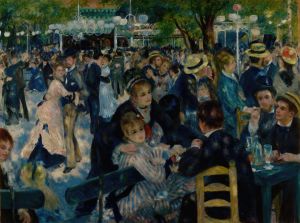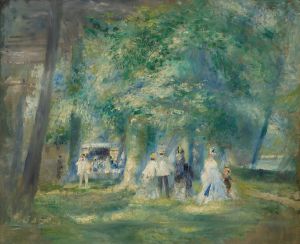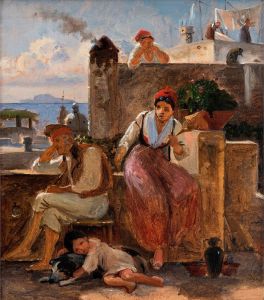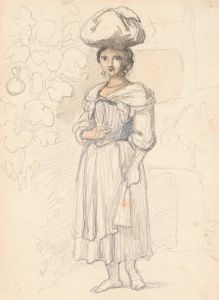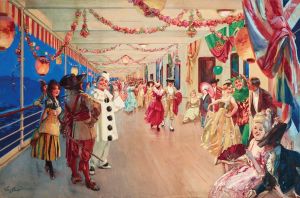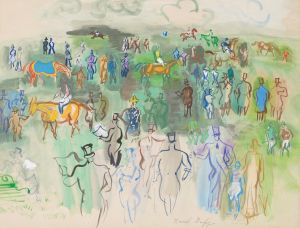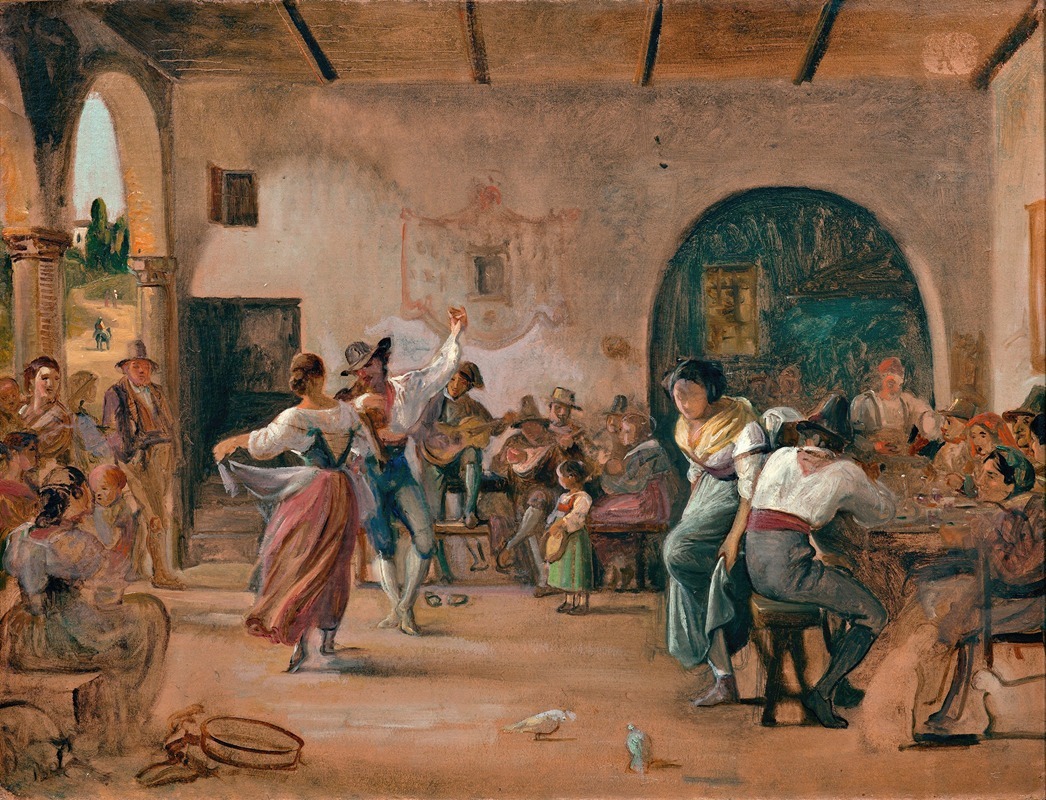
Dance in an Osteria
A hand-painted replica of Wilhelm Marstrand’s masterpiece Dance in an Osteria, meticulously crafted by professional artists to capture the true essence of the original. Each piece is created with museum-quality canvas and rare mineral pigments, carefully painted by experienced artists with delicate brushstrokes and rich, layered colors to perfectly recreate the texture of the original artwork. Unlike machine-printed reproductions, this hand-painted version brings the painting to life, infused with the artist’s emotions and skill in every stroke. Whether for personal collection or home decoration, it instantly elevates the artistic atmosphere of any space.
"Dance in an Osteria" is a painting by the Danish artist Wilhelm Marstrand, created in 1847. Marstrand, born in Copenhagen in 1810, was a prominent figure in the Danish Golden Age of painting. He is known for his genre scenes, which often depict lively and humorous aspects of everyday life.
The painting "Dance in an Osteria" captures a vibrant and dynamic scene set in an Italian tavern, or osteria. This work reflects Marstrand's fascination with Italian culture, which he developed during his travels to Italy. He first visited Italy in 1836 and returned several times, drawing inspiration from the country's landscapes, people, and customs.
In "Dance in an Osteria," Marstrand portrays a group of people engaged in a spirited dance. The composition is lively, with figures in various poses that convey movement and joy. The central figures are a dancing couple, whose energetic movements are the focal point of the painting. Surrounding them are other patrons of the osteria, including musicians playing instruments, onlookers clapping along, and individuals engaged in conversation.
Marstrand's use of color and light enhances the festive atmosphere of the scene. The warm, earthy tones of the interior, combined with the bright, colorful clothing of the dancers and patrons, create a sense of warmth and conviviality. The artist's attention to detail is evident in the depiction of the characters' expressions and gestures, which add to the narrative quality of the painting.
"Dance in an Osteria" is notable for its depiction of social interaction and the joy of communal activities. It reflects Marstrand's ability to capture the essence of human experience and his skill in rendering complex compositions with clarity and charm. The painting is a testament to Marstrand's talent for storytelling through art, as well as his deep appreciation for the cultural richness of Italy.
Wilhelm Marstrand's works, including "Dance in an Osteria," are celebrated for their technical proficiency and their ability to convey the vibrancy of life. His paintings are held in high regard and can be found in various collections, including the National Gallery of Denmark, which houses a significant number of his works.
Marstrand continued to be an influential figure in Danish art until his death in 1873. His legacy is marked by his contributions to genre painting and his role in capturing the spirit of the Danish Golden Age. "Dance in an Osteria" remains one of his most beloved works, admired for its lively depiction of a moment of joy and celebration.





